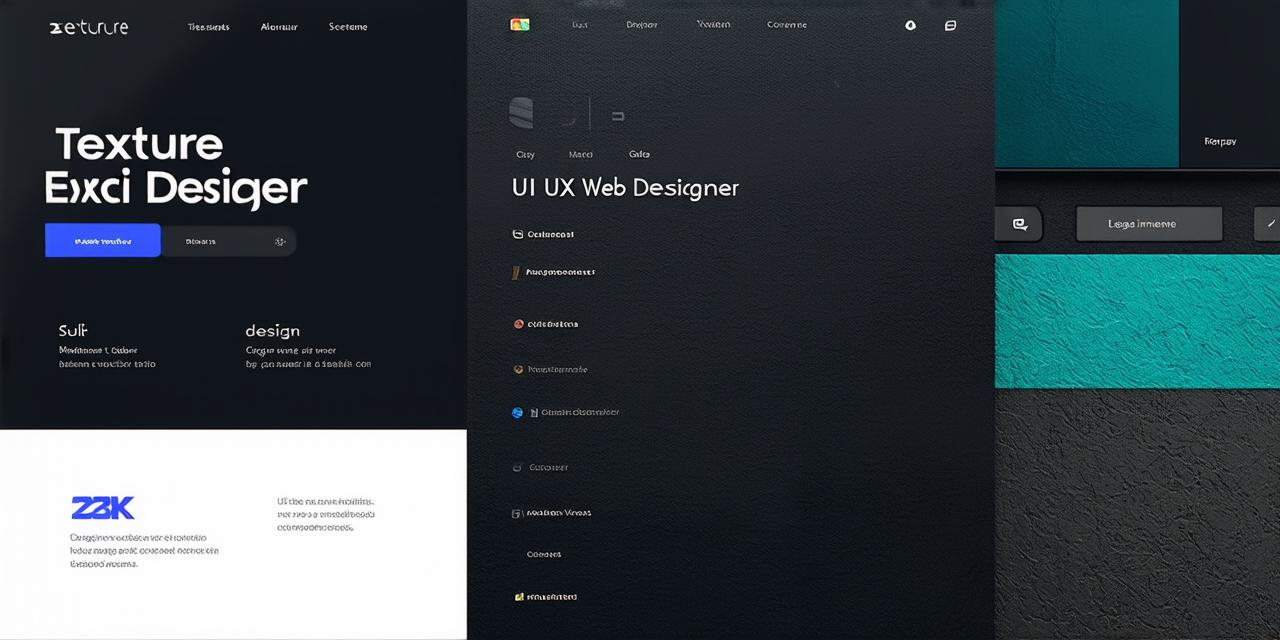In the dynamic world of web design, the roles of UI (User Interface) and UX (User Experience) designers are increasingly crucial. Let’s delve into the key responsibilities that make a UI/UX designer a digital alchemist, transforming complex ideas into intuitive, user-friendly interfaces.
Creating Intuitive User Interfaces
A UI designer is responsible for crafting visually appealing and easy-to-navigate interfaces. This involves understanding color theory, typography, and layout principles to create an aesthetically pleasing design that guides users effortlessly.
As Dr. Don Norman, a pioneer in the field of UX, once said, “Design is not just making things look good; it’s making them work well.”
Designing Seamless User Experiences
While UI focuses on the look and feel, UX designers concentrate on the overall experience. They ensure that the website is user-friendly, accessible, and meets the needs of its intended audience.
This requires empathy, as designers must put themselves in users’ shoes to anticipate their needs and preferences.
Conducting User Research
Understanding the user is paramount. UI/UX designers conduct extensive research, including surveys, interviews, and usability testing, to gather insights about user behavior, preferences, and pain points. This data informs design decisions, ensuring that the final product resonates with users.
Prototyping and Iterating

UI/UX designers create prototypes to visualize their designs before they are implemented. These prototypes allow for testing and iterations, enabling designers to refine their work based on user feedback and data.
As the famous designer Paula Scher once said, “Design is a process, not a product.”
Collaborating with Developers
UI/UX designers don’t work in isolation. They collaborate closely with developers to ensure that their designs are technically feasible and can be implemented effectively. This requires excellent communication skills and the ability to articulate design decisions clearly and concisely.
Optimizing for Accessibility and Performance
A good UI/UX designer ensures that their designs are accessible to all users, regardless of ability or device. They also optimize websites for speed and performance, understanding that a slow-loading website can lead to user frustration and lost opportunities.
In conclusion, the role of a UI/UX web designer is multifaceted, requiring a blend of creativity, empathy, technical knowledge, and problem-solving skills. As we navigate the digital landscape, these designers are our guides, ensuring that our interactions with technology are seamless, intuitive, and enjoyable.
FAQs
1. What tools do UI/UX designers use?
Tools like Sketch, Adobe XD, Figma, and InVision are commonly used by UI/UX designers.
2. How long does it take to become a UI/UX designer?
The time it takes to become a competent UI/UX designer varies greatly, but it typically requires several years of education, training, and practical experience.
3. Can I learn UI/UX design online?
Yes, there are numerous online resources and courses available for learning UI/UX design, including platforms like Coursera, Udemy, and Skillshare.


